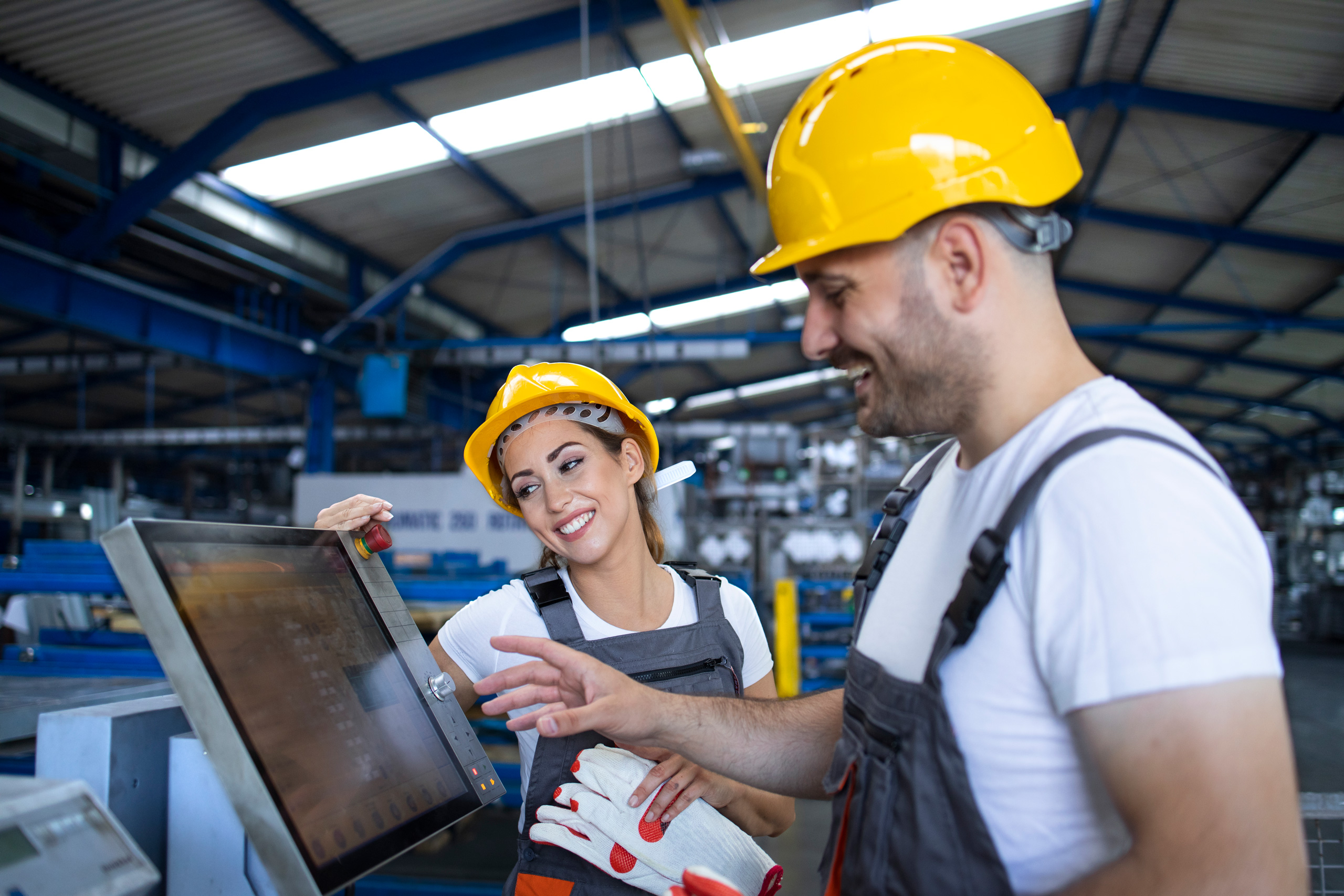
Duration: 1.00 Hr
Course Level: Intermediate
Languages: English
Capability: Audio, Video, MobileReady
Distillation is an important process in many plants. It is used to separate mixtures into various components. In some plants, distillation may be the final step in processing a material so that it meets product specifications. The heart of a distillation process is a distillation column, or tower. Depending on the needs of the plant, a distillation process may include conventional, azeotropic, extractive, or vacuum columns.
Duration: 1.00 Hr
Course Level: Intermediate
Languages: English
Capability: Audio, Video, MobileReady
Petroleum refinery products are blends of components from various process units plus additives. When the necessary blend components have been combined and any additives have been added, the result is a finished product, such as gasoline, jet fuel, or diesel fuel. In this course, you will explore some common products and the components used to blend them, different methods for blending products, and typical operator responsibilities throughout blending operations.
Duration: 1.00 Hr
Course Level: Intermediate
Languages: English
Capability: Audio, Video, MobileReady
Operators must properly monitor and control the distillation process in the crude unit so that the products leaving the unit meet process specifications. This course provides an overview of the operation of a crude distillation unit. The steps that crude oil goes through in the crude unit, process variables, and conditions that affect unit operation will also be examined. This course will also consider problems that might arise in the crude distillation unit and how to correct them.
Duration: 1.00 Hr
Course Level: Intermediate
Languages: English
Capability: Audio, Video, MobileReady
A typical petroleum refinery includes many different units that are associated with a variety of processes. One of the important units in a refinery is a fluid catalytic cracking unit, or “cat cracker.” This course describes the basics of fluid catalytic cracking operations, with emphasis on the equipment that is used, the process variables that are involved, and operator responsibilities.
Duration: 1.00 Hr
Course Level: Intermediate
Languages: English
Capability: Audio, Video, MobileReady
A refinery uses a number of processing units to transform crude oil into a wide variety of products that are marketed to customers. This course examines the basics of crude oil and how it is processed in a refinery.
Duration: 1.00 Hr
Course Level: Intermediate
Languages: English
Capability: Audio, Video
High-octane gasoline is one of the most important and profitable refinery products, and the main function of many refinery units is to make products for gasoline blending. In the final blend, one of the cleanest burning components, and the component with the highest octane, is often alkylate; the end product of an alkylation unit.
Duration: 1.00 Hr
Course Level: Intermediate
Languages: English
Capability: Audio, Video
Refineries produce many different types of products for a variety of uses. Although no single refinery produces all types of products, many refineries produce more than one type of product. This training unit examines the functions of refinery systems and equipment and describes the role of operators in refinery operations.
Duration: 1.00 Hr
Course Level: Intermediate
Languages: English
Capability: Audio, Video
Refineries develop and improve products such as high-octane, low-knock gasoline; aviation fuel; and petrochemical feedstocks. The major role of hydrotreating and catalytic reforming units is to work together to produce these fuels and petrochemical feedstocks. This course examines the reactions and equipment that are involved in hydrotreating and catalytic reforming and identifies the process variables that have to be monitored and controlled.
Duration: 1.00 Hr
Course Level: Intermediate
Languages: English
Capability: Audio, Video
Crude oil contains valuable and desirable hydrocarbon molecules. In addition, however, raw crude and distilled fractions contain impurities. The type and amount of impurities in raw crude and distilled fractions may vary, depending on several factors, including the origins of the crude and the boiling ranges of the fractions. This course covers some treating processes that are used to remove or convert sulfur compounds.